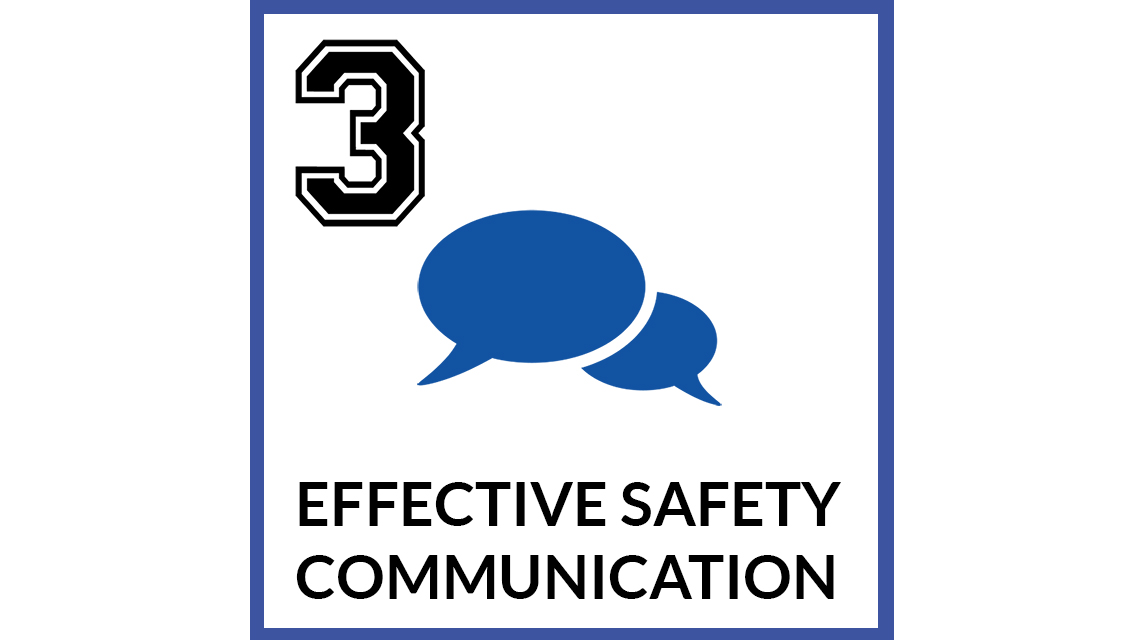Radiation Safety Culture in Medicine
Implementation of radiation safety culture in healthcare settings can help to strengthen safety in the use of radiation technology, preventing injuries and reducing unnecessary or unintended radiation dose to patients and staff overall. In recognition of this and in response to the Bonn Call for Action, in 2021 the IAEA launched the Radiation Safety: Trait Talks handbook for students in radiation.
The handbook is structured around 10 important principles – traits – that contribute to a strong safety culture. It guides students on how to recognize and strengthen these traits, such as personal responsibility, leadership and decision-making, in their field of specialization. Fictional scenarios are provided in different areas including fluoroscopy, radiotherapy and nuclear medicine, to show explicitly how each trait plays a role. The scenarios are followed by a list of questions that test and widen awareness on how nuclear technology is used in the health sector as well as provide students with information on how to consider the application of safety culture in their own environments.
The number of early acute health effects and deaths owing to radiation accidents in medicine exceeds the number from accidents in any other peaceful use of radiation including nuclear power. A large number of accidents have been reported (UNSCEAR 2008 report; Volume II, Annex C) that resulted in detrimental patient effects from unintended exposure in nuclear medicine, diagnostic imaging and radiation therapy. The need exists to prevent these detrimental effects that arise from medical errors or unintended exposure.
The IAEA has a long history in the development of safety culture for nuclear power. The value of safety culture in medical applications has also been long-recognized and this handbook helps regulators, leaders and individuals to review and modify their own safety practices.
Trait talks
A trait in safety culture can be defined as a personal or organizational presence such as a pattern of thinking, feeling and behaving which results in implementing measures that prioritizes the ‘safety first’ principle.
The 10 Safety Culture Trait Talks are based on the work of the United States Nuclear Regulatory Commission, adapted by the IAEA specifically for the field of healthcare.
- Individual responsibility
- Questioning attitude
- Effective safety communication
- Leadership responsibility
- Decision-making
- Respectful work environment
- Continuous learning
- Problem identification and resolution
- Environment for raising concerns
- Work processes
Digital presentations
Each chapter contains a digital presentation on how medical facilities address improvements in safety culture. These presentations were made by medical practitioners around the world and are the winning entries of the IAEA competition Towards a Strong Radiation Safety Culture in Medicine held in 2020. They provide an alternative method of learning from international perspectives and complement the handbook.











